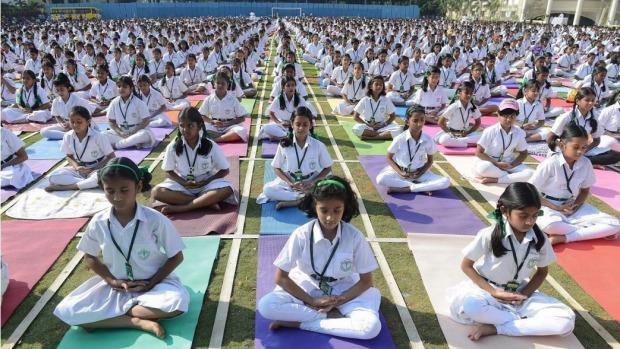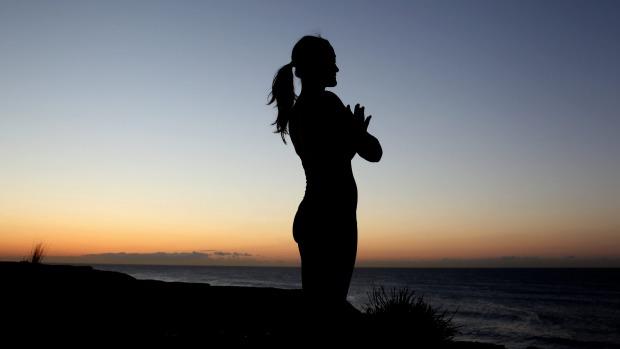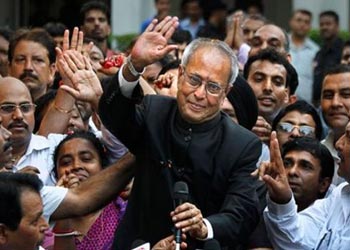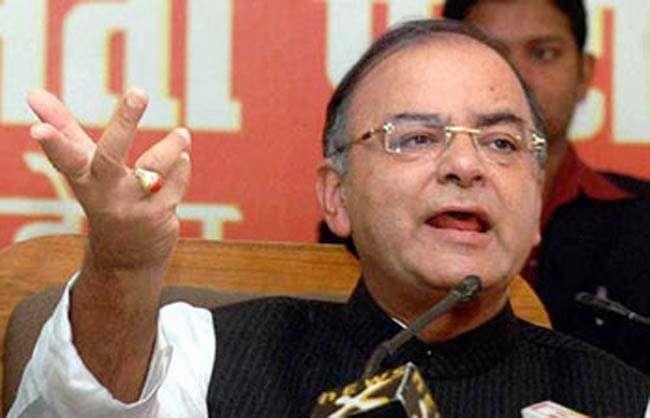December 4, 2014
New Delhi: Shripad Yesso Naik, India's new Yoga Minister, dreams of a day when sun salutations and downward-facing dog pose will be as popular in their homeland as they are around the world.

December 4, 2014
New Delhi: Shripad Yesso Naik, India's new Yoga Minister, dreams of a day when sun salutations and downward-facing dog pose will be as popular in their homeland as they are around the world.

Indian students of Delhi Public School perform yoga in Hyderabad. Indian Prime Minister Narendra Modi has appointed a Yoga Minister in a major revamp of his government in a bid to promote the ancient practice. Getty Images
Yes, India now has a minister of yoga — and he and his government want their cultural bliss back.
Indian yogic tradition appears in Hindu texts written thousands of years ago. But the discipline bears scant resemblance to the popular exercise regime that has become a multibillion-dollar industry in the West, home of $US90 ($107) Lululemon stretch pants and Mummy and Me fitness classes.

Promoting yoga and Hinduism: India's Prime Minister and Hindu nationalist Bharatiya Janata Party leader Narendra Modi.
In recent weeks, Indian officials have begun efforts to reclaim yoga for the home team, making plans for a broad expansion of the wellness practice into all facets of civic life — including more than 600,000 schools, and thousands of hospitals and police training centres. They are spearheading efforts to promote and protect India's most famous export, even quietly weighing a "geographical indication" for yoga, a trade protection normally given to region-specific goods such as Champagne from France or oranges from Florida.
"There is little doubt about yoga being an Indian art form," Naik said. "We're trying to establish to the world that it's ours."
India's new Prime Minister, Narendra Modi, is pushing the effort. The 64-year-old premier rises at 5 am daily for yoga stretches and deep breathing, and he credits this regimen with his ability to sleep just a few hours each night.

Popular as fitness around the world: A woman enjoys some early-morning yoga at Coogee Beach. Photo: Janie Barrett
"I am equally energetic from morning till night," Modi told fans during a Google Hangout. "I guess the secret behind it is yoga and [breathing exercises]. Whenever I feel tired, I just practice deep breathing and that refreshes me again."
Modi's devotion to the practice is so heartfelt that during his first speech to the United Nations General Assembly as prime minister in September, he discussed peace, global development — and International Yoga Day.
This disappointed some of his followers, who had hoped that he would use the grand occasion to say something more significant; also, there already was a World Yoga Day. But more than 130 countries have signed on to Modi's proposal, which the UN General Assembly is set to consider on December 10.
Although yoga has been a part of India's heritage for centuries and Westerners flock to the country's ashrams for enlightenment, it was only in the past two decades or so that yoga became trendy in India, with studios opening and Bollywood celebrities making fitness videos.
Some of the credit goes to Baba Ramdev, the saffron-robed guru who popularised yoga and what he says are its health effects — he claims it can reverse homosexuality and cure cancer and swine flu — on a morning TV program watched by millions. Baba Ramdev also is a close ally of Modi's.
"The saints and gurus practiced in the Himalayas but never took it to the general public," Naik said. "Only Baba Ramdev knew how to take it to the people. Now it's our turn to promote it more vigorously."
India's new embrace comes during an ongoing public debate over the genesis of yoga and whether the bastardised and secular versions practiced in the West — nude yoga, rave yoga, kickboxing yoga — are even yoga at all. The discussion was fueled by The Washington Post's On Faith blog in 2010, when a board member of the Hindu American Foundation (HAF) exhorted Hindus to "take back yoga and reclaim the intellectual property of their spiritual heritage." Mega-guru Deepak Chopra fired back, saying that "yoga belongs to the whole world."
Sheetal Shah, a senior director of HAF, which spearheaded the "Take Back Yoga" campaign, said: "Nobody owns yoga. Our idea was not to claim ownership; it was just to acknowledge that the philosophy behind yoga is based in Hinduism."
The Indian government has not been pleased when Western practitioners of holistic medicine have tried to patent or copyright the traditional practices. First, there was the great turmeric war of 1997, after the University of Mississippi Medical Centre patented the healing properties of turmeric, a spice used in every Indian kitchen and known for medicinal qualities. The Indian government filed a complaint, and the patent was revoked. Then Bikram Choudhury, the Indian-born founder of hot yoga who practices in Los Angeles, tried to copyright his yoga series.
He was not successful, but Indians learned a lesson. For more than a decade, they've been building a vast compendium of age-old medicines and practices, the Traditional Knowledge Digital Library, which is now available to patent offices worldwide. They are documenting 1500 yoga poses, some by videotape, which will be added online next year to help prevent the "misappropriation" of yoga by commercial enterprises, said Archana Sharma, the project's leader.
Meanwhile, Modi, has started a "Make in India" campaign to boost manufacturing and attract foreign investors to opportunities in the country, including its $US8 billion ($9.51 billion) wellness industry. Modi said the country had missed the opportunity to market its industry of yoga and herbal medicine globally.
In recent days, a new energy enlivened the normally quiet halls of New Delhi's Morarji Desai National Institute of Yoga, the government's premier yoga academy, which is helping implement the regimen's expansion throughout India's public sphere.
Students and office workers gathered for lunchtime sessions at the institute, which is named after an Indian prime minister who once told Dan Rather on 60 Minutes that he drank his own urine for medicinal purposes. The practice rooms were decidedly sparse — not a candle or top-brand yoga mat in sight — and near a library holding volumes of ancient Vedic texts.
In one room, several students in their 20s who are studying to be instructors went through a series of asanas, or poses, and breathing exercises.
They said they were happy that India had begun to promote yoga.
"The West has manipulated yoga for their own benefits. It's more like exercise. But traditional yoga is much more than that; it's ultimately about achieving enlightenment for the soul," said Tarosh Rao, 25. "It is making us aware of something that is ours, part of our heritage."
Courtesy: Washington Post
















































































































